Bringing plants into our homes can enhance our living spaces, but it’s essential to be aware that not all plants are safe for our beloved pets. Many plants, while visually appealing, can be toxic to animals, potentially causing mild to severe health issues.
In this article, we’ll explore 15 poisonous plants for pets, shedding light on the dangers they pose and urging pet owners to exercise caution.
- Sago Palm
- Yew
- Castor Bean
- English Ivy
- Pothos
- Lily
- Amaryllis
- Cyclamen
- Tulip
- Azalea
- Schefflera
- Oleander
- Peace Lily
- Autumn Crocus
- Chrysanthemum
1. Sago Palm
The Sago Palm is a popular ornamental plant, especially in warmer climates. However, it’s highly toxic to pets, causing vomiting, diarrhea, liver failure, and even death if ingested. All parts of the plant are poisonous, but the seeds are the most toxic.
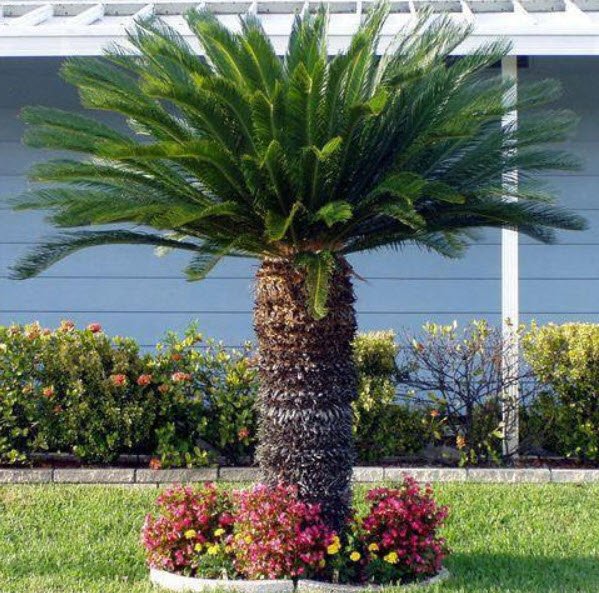
2. Yew
Yew plants contain toxic alkaloids that affect the nervous system and can be fatal for pets. Ingestion of any part of the yew plant can cause symptoms like difficulty breathing, seizures, and cardiac arrest.

3. Castor Bean
The Castor Bean plant contains ricin, a highly toxic substance. Ingestion can cause severe abdominal pain, vomiting, diarrhea, dehydration, and in extreme cases, organ failure.
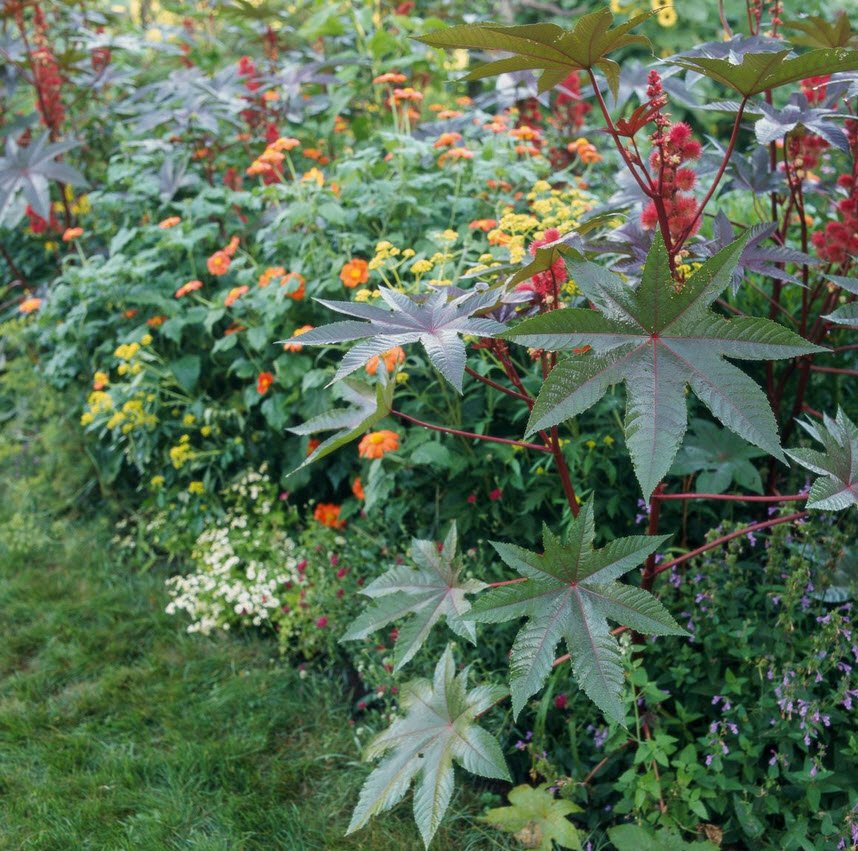
4. English Ivy
English Ivy is a common houseplant, but it can be harmful to pets if ingested. Symptoms may include vomiting, abdominal pain, excessive salivation, and diarrhea.
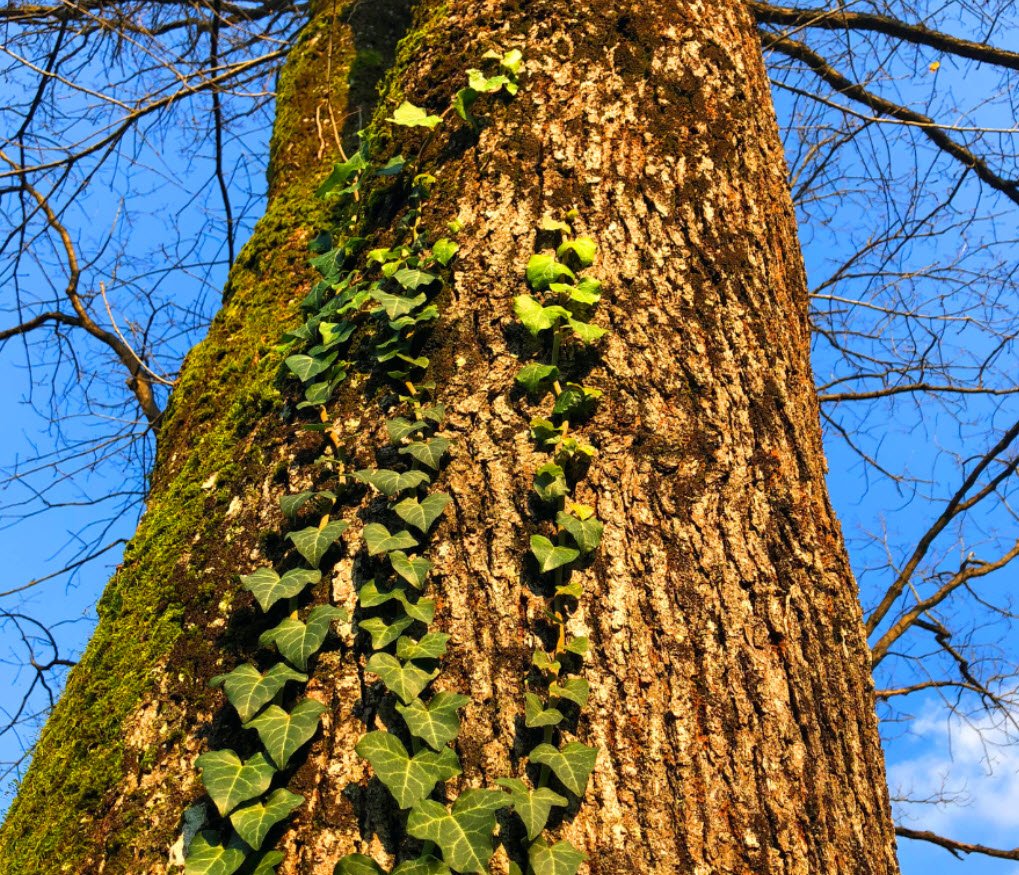
5. Pothos
Pothos, also known as Devil’s Ivy, contains calcium oxalate crystals that can cause irritation and swelling in a pet’s mouth and gastrointestinal tract, leading to discomfort and difficulty swallowing.
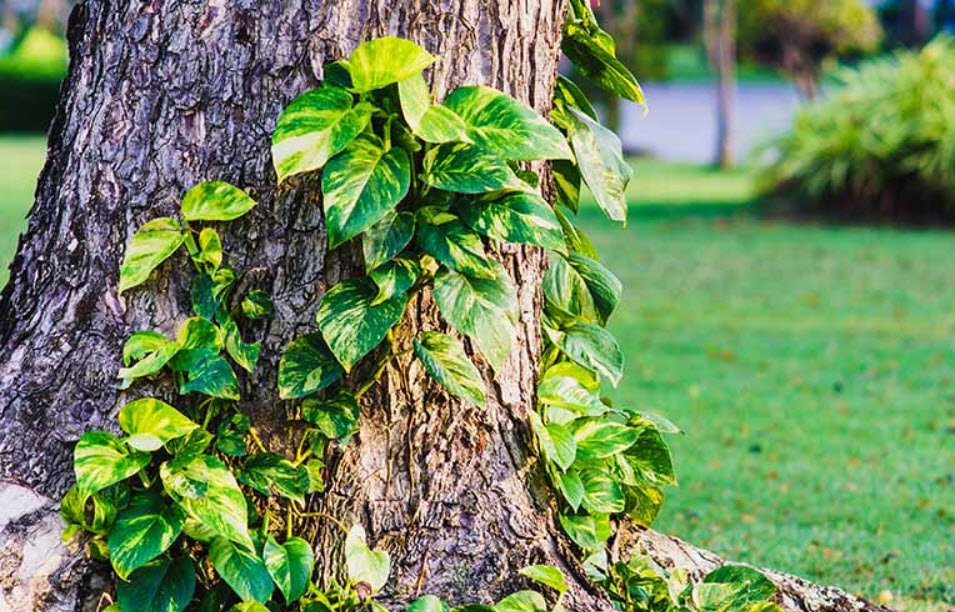
6. Lily
Lilies, including Easter lilies, tiger lilies, and daylilies, are highly toxic to cats. Ingestion can lead to kidney failure and, if not treated promptly, may be fatal.

7. Amaryllis
Amaryllis plants, popular for their vibrant blooms, contain alkaloids that can cause vomiting, diarrhea, abdominal pain, and tremors in pets.
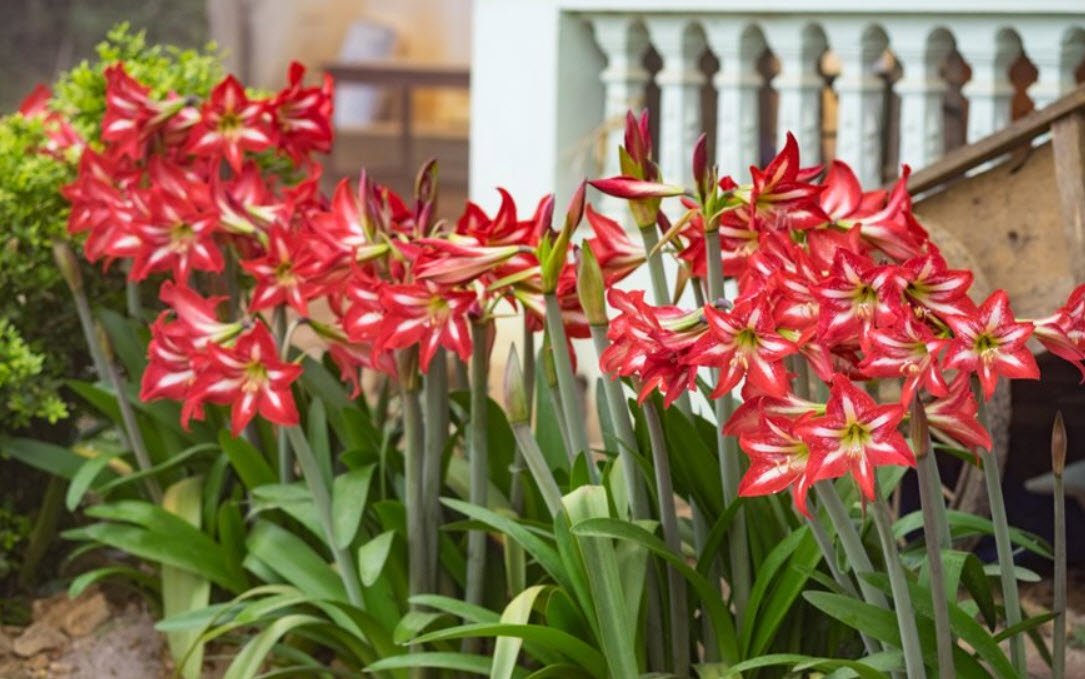
8. Cyclamen
Cyclamen plants can cause vomiting, diarrhea, and even heart abnormalities if ingested by pets. The roots of the plant are especially toxic.
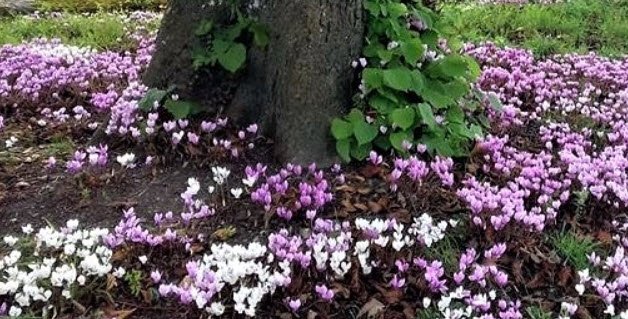
9. Tulip
Tulip bulbs are the most toxic part of the plant. Ingestion can result in vomiting, diarrhea, increased heart rate, and difficulty breathing.

10. Azalea
Azaleas, including rhododendrons, contain toxins that affect the gastrointestinal system, leading to symptoms such as vomiting, diarrhea, and in severe cases, paralysis and coma.
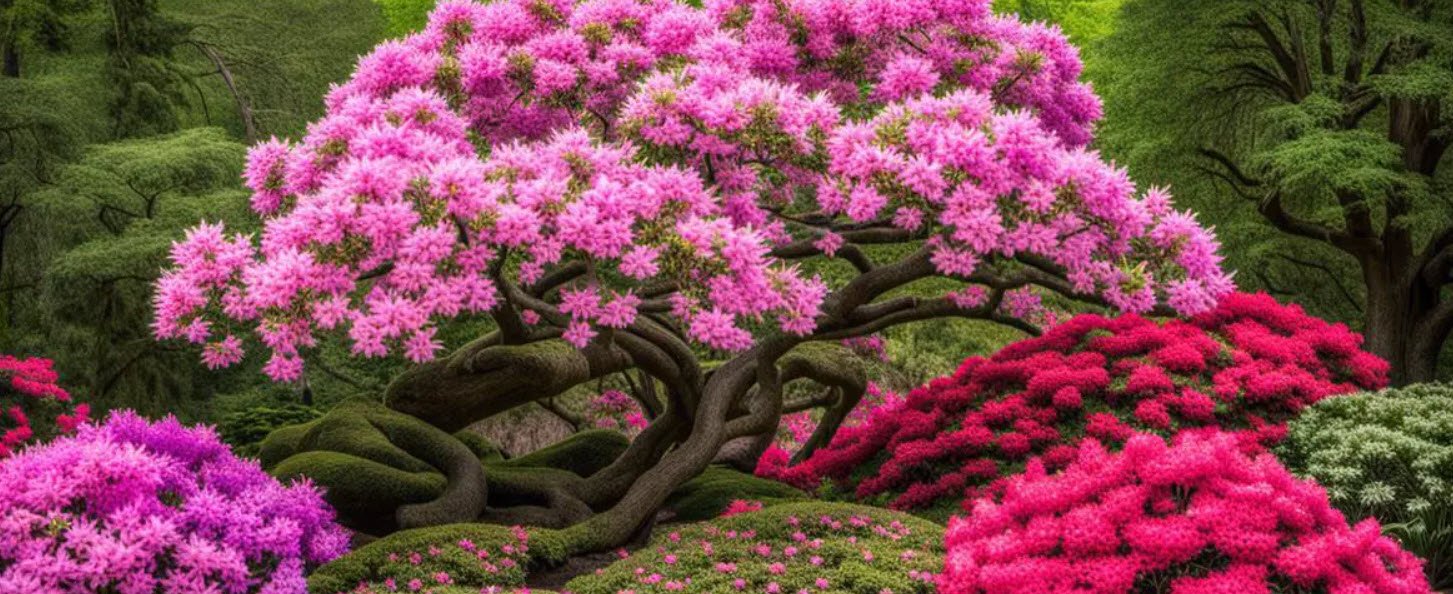
11. Schefflera
Schefflera plants, also known as umbrella plants, can cause oral irritation, vomiting, and difficulty swallowing when ingested by pets.
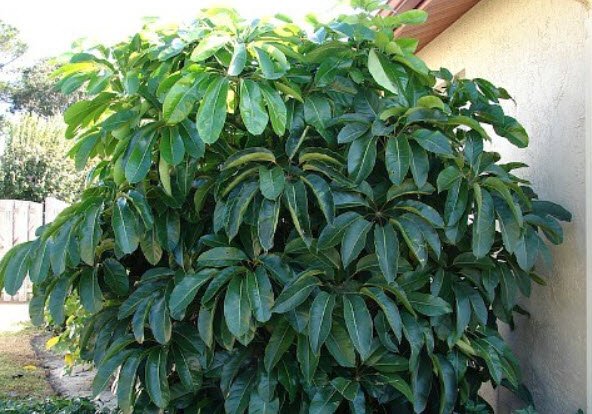
12. Oleander
Oleander is a highly toxic plant that affects the heart and can cause severe symptoms such as vomiting, diarrhea, slow heart rate, and potentially fatal cardiac abnormalities.

13. Peace Lily
Peace lilies are popular indoor plants, but they contain calcium oxalate crystals that can cause mouth irritation, excessive drooling, and difficulty swallowing in pets.
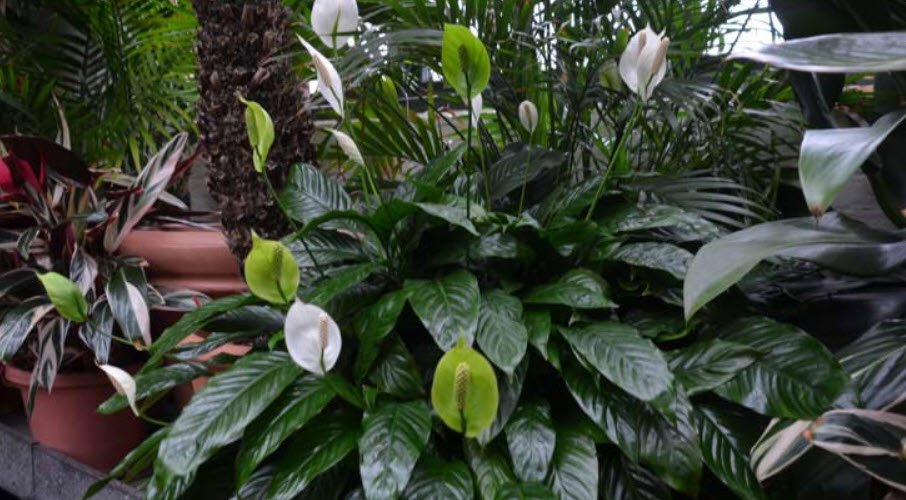
14. Autumn Crocus
Autumn crocuses are extremely toxic to pets, causing symptoms such as vomiting, diarrhea, organ damage, and, in severe cases, respiratory failure.
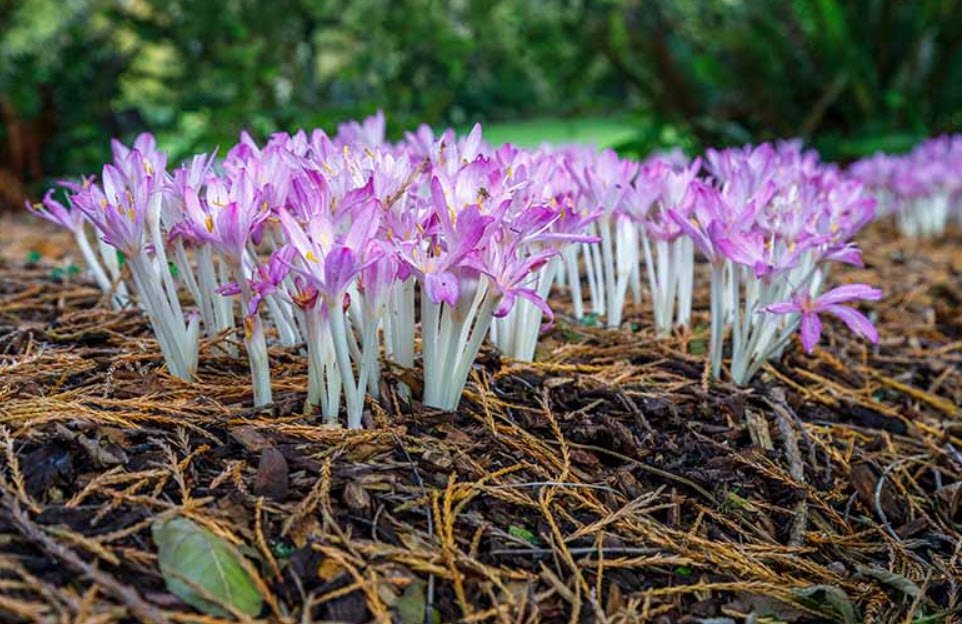
15. Chrysanthemum
Chrysanthemums, often called mums, contain pyrethrins that can cause vomiting, diarrhea, excessive drooling, and skin irritation in pets.
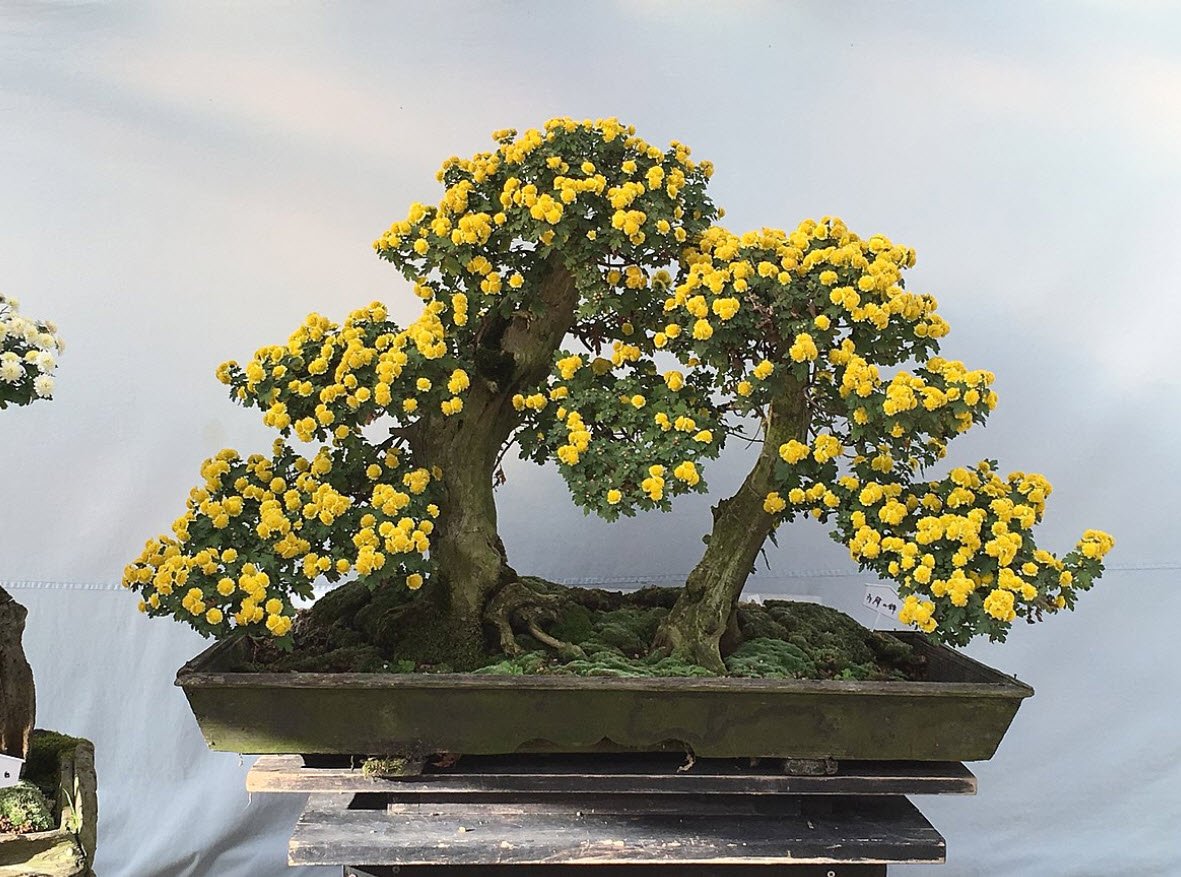
In conclusion, while plants add beauty to our surroundings, it’s crucial for pet owners to be aware of the potential dangers certain plants pose to their furry companions. If you suspect your pet has ingested any of these poisonous plants, seek immediate veterinary assistance. Prevention and awareness are key to ensuring a safe and healthy environment for both pets and plant enthusiasts.

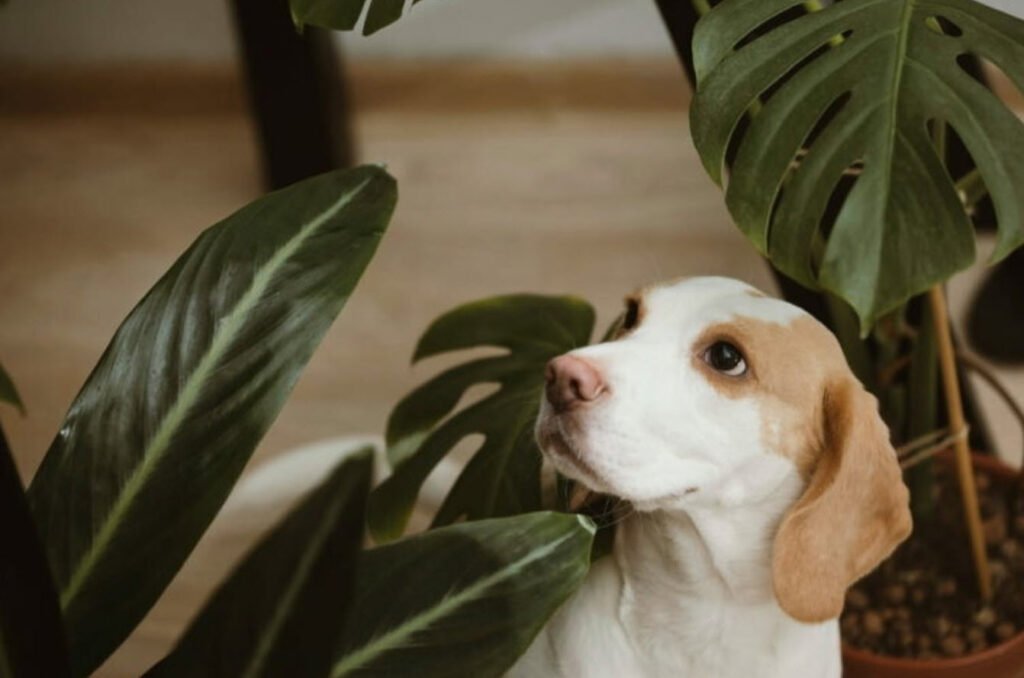


Pingback: Top 12 Poisonous Plants For Cats - Pets Hyme